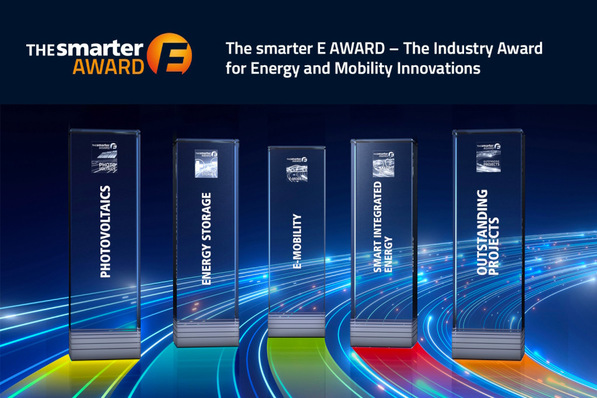The stationary storage unit thus contributes significantly to the integration of solar power. For an average driving profile with 2,500 kilowatt hours of electricity consumption, a solar system with seven kilowatts plus a corresponding home storage unit is already sufficient to charge the electric vehicle with a good 80 per cent of its own solar power. Depending on the system configuration, photovoltaics and home storage can save more than 50 per cent of the charging costs compared to the household electricity price.
74 per cent want to charge at a wallbox at home
The survey commissioned by the electricity storage specialist E3/DC reveals that for three quarters of those surveyed, the home charging station is the top priority. By a wide margin and with only six per cent of the answers, the availability of charging options at the shops is preferred. For only five and four per cent of respondents respectively, the petrol station on the motorway or in the city remains the most important place for a charging station. For only three per cent of the homeowners surveyed, charging at the workplace is most important.
See also: Commercial solar self-consumption pays off
In Germany, a good 100 energy suppliers offer specific car electricity tariffs. With such an electricity tariff, an average driver can save about 110 euros per year compared to normal household electricity. With one's own photovoltaic system in combination with a home storage system, there is the option of charging locally generated green electricity directly from one's own house roof into the battery of the electric vehicle. In addition to the ecological advantage, there is also significant cost-saving potential compared to purchasing electricity from the grid.
Home storage covers 81 per cent of the electricity needs
However, using one's own solar power for electromobility is associated with challenges. The supply of solar energy, which fluctuates over the course of the day and the seasons, must be reconciled with the charging demand of the electric vehicle. If, for example, the EV is connected to the charging station on weekdays from 5 pm, on Saturdays in the afternoon and on Sundays in the morning, a solar power system with seven kilowatts of installed output can cover 39 per cent of the electricity demand over the year through direct self-consumption. If a home storage system with a net capacity of seven kilowatt hours is added, the annual solar coverage doubles to 81 per cent. (nhp/mfo)







